Skeletonema marinoi algae are single-celled organisms, revived after nearly 7,000 years at the bottom of the Baltic Sea - Photo: IOW/S.BOLIUSS
According to IFLScience on March 31, German scientists have successfully revived a prehistoric algae species that lay dormant beneath the sediment layers of the Baltic Sea floor about 7,000 years ago.
Previously, Dr. Sarah Bolius's team, working at the Leibniz Institute for Baltic Sea Research (Germany), studied phytoplankton buried at the bottom of the Baltic Sea to learn how cold water masses change over time.
They looked to see if it was possible to revive any small organisms from their "frozen" state, so that they could photosynthesize and reproduce.
They took samples from sediment layers spanning several periods over the past 7,000 years and exposed the "frozen" algae to light and oxygen to wake them up. They successfully revived organisms from nine of the 12 sediment layers.
In the upper layers, they revived many life forms from different branches of the tree of life. However, in the deeper layers, only the single-celled algae Skeletonema marinoi was awakened. The oldest Skeletonema marinoi was found in a sediment sample that was 6,871 years old (plus or minus 140 years).
“What is remarkable is that the revived algae not only survived but also had full biological activity. They grew, divided and photosynthesized just like their modern descendants,” said Dr Bolius.
However, the revived Skeletonema marinoi did change genetically. The team found that at each sampling period, the Skeletonema marinoi was genetically different from the algae at other times.
The previous record for revival belonged to a date palm, but the period of time this tree was "frozen" was only about 700 years.
The study was published in the ISME Journal.
Is it safe to wake up a "frozen" creature?
Layers of sediment on the sea floor can bury things and cut off sunlight and oxygen. This kills many life forms, but others go into a state of “freeze” (stop growing) waiting for a chance to come back to life.
The lack of oxygen beneath the sediments also prevents some of the chemical reactions that would normally cause decomposition. The 4°C temperature at the bottom of the Baltic Sea also helps preserve life forms better than in other shallow seas.
However, the study raises questions about when it is safe to wake up creatures in a "frozen" state.
Read moreBack to Topic page
Back to topic
ANH THU
Source: https://tuoitre.vn/hoi-sinh-tao-tien-su-sau-7-000-nam-20250401141650892.htm


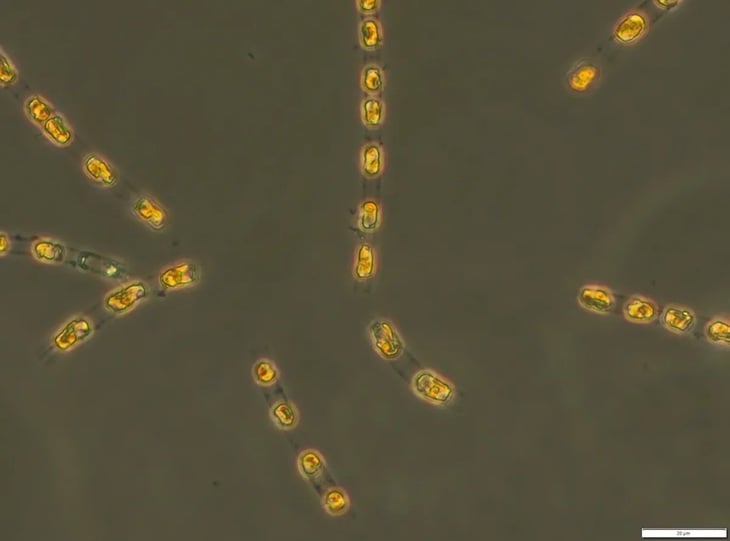

![[Photo] Prime Minister Pham Minh Chinh meets with South African President Matamela Cyril Ramaphosa](https://vphoto.vietnam.vn/thumb/1200x675/vietnam/resource/IMAGE/2025/10/23/1761226081024_dsc-9845-jpg.webp)
![[Photo] President Luong Cuong holds talks with South African President Matamela Cyril Ramaphosa](https://vphoto.vietnam.vn/thumb/1200x675/vietnam/resource/IMAGE/2025/10/23/1761221878741_ndo_br_1-8416-jpg.webp)



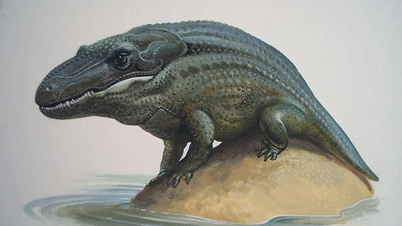

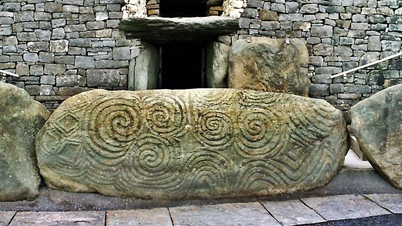


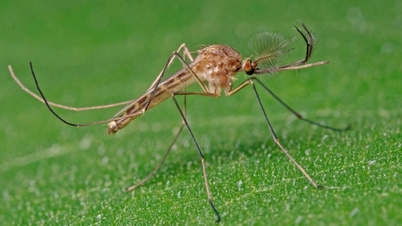















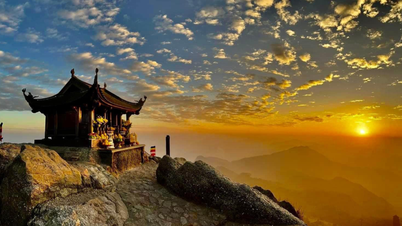



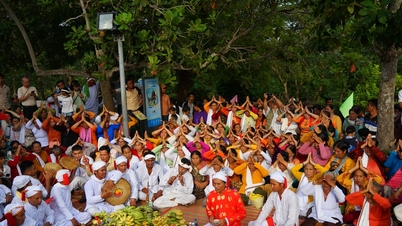





































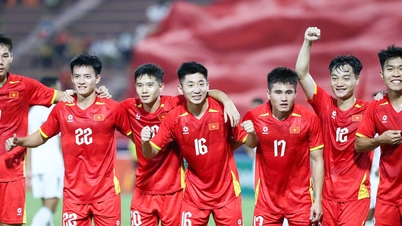









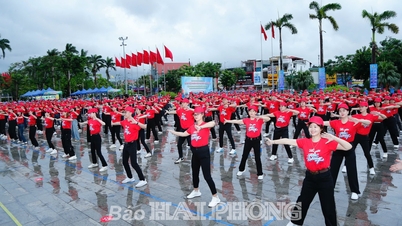





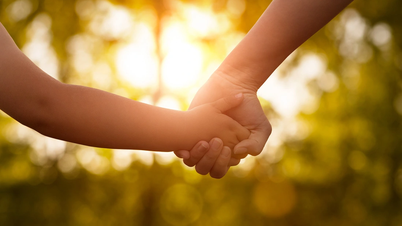


















Comment (0)